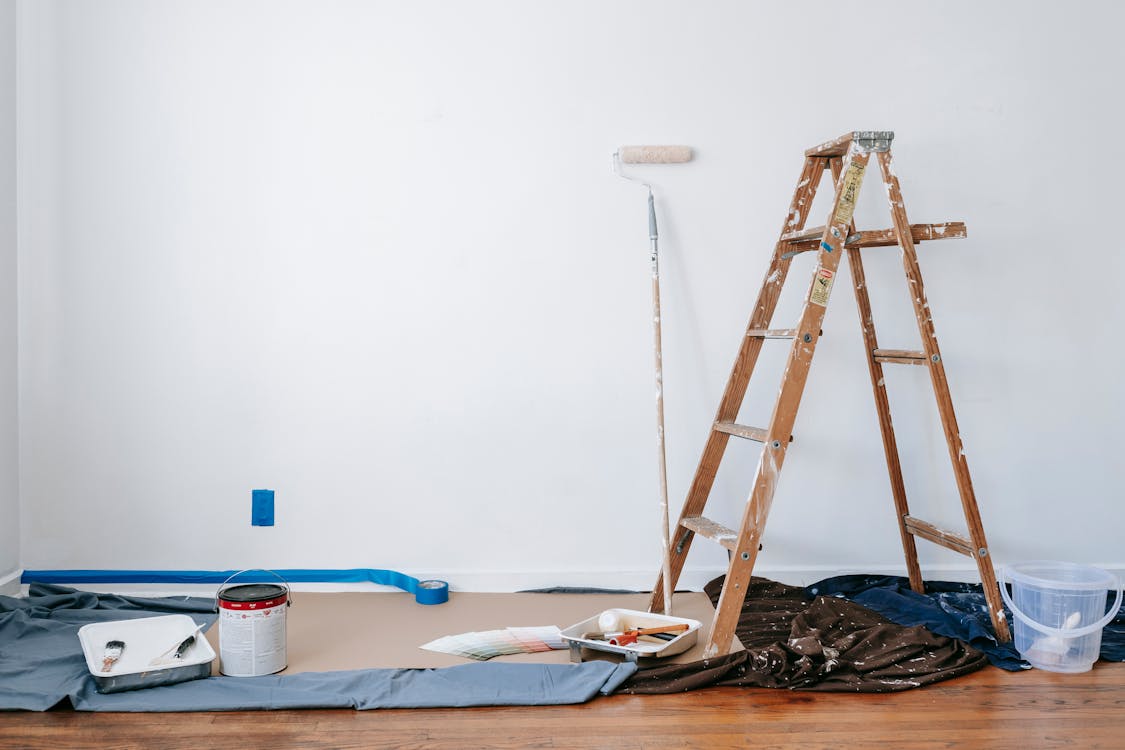
Upgrading Your Home Before Selling: A Practical Guide to the Canada Secondary Suite Loan Program
If you're considering selling your home and want to maximize its value, the Canada Secondary Suite Loan Program (CSSLP) offers a strategic opportunity. By adding a legal secondary suite—such as a basement apartment, laneway home, garden suite, or garage conversion—you can potentially increase your property's market value while contributing to Canada's affordable housing supply. Here's what you need to know:
Understanding the CSSLP
The CSSLP provides homeowners with low-interest loans of up to $80,000 to create legal secondary suites. The loan carries a fixed interest rate of 2% over a 15-year term, making it an affordable financing option compared to traditional loans. With monthly payments of approximately $515 for the full loan amount, many homeowners find that rental income can offset or exceed this cost.
This initiative, launching in early 2025, aims to increase affordable housing options while allowing homeowners to enhance their property's value. Importantly, homeowners can utilize both the CSSLP and mortgage refinancing options to fund their secondary suite projects.
Eligibility Criteria
To qualify for the CSSLP:
- Primary Residence: The property must be your primary residence.
- Compliance: The secondary suite must comply with local zoning and building codes.
- Long-Term Rental: The suite should be intended for long-term rental use, not short-term rentals like Airbnb.
- Occupancy: Homeowners must occupy the main dwelling.
- Financial Contribution: Homeowners must contribute at least 10% of the total projected costs from their own funds.
Renovation Requirements
Creating a legal secondary suite involves:
- Separate Entrance: Ensuring privacy and meeting safety standards.
- Self-Contained Unit: Including a private kitchen, bathroom, and sleeping area.
- Compliance: Adhering to local building codes and obtaining necessary permits.
It's advisable to consult with local authorities to understand specific requirements in your area.
Financial Implications When Selling
If you decide to sell your home before the 15-year loan term concludes, you will be required to repay the remaining loan balance. The loan is not forgivable upon sale, and the outstanding amount must be settled at the time of the transaction.
However, the addition of a legal secondary suite can significantly increase your property's market value, potentially offsetting the repayment amount. Depending on your local market, a well-designed suite can add 20-30% to your property's value, making it more attractive to buyers and potentially leading to a higher sale price.
Complementary Refinancing Option
Starting January 15, 2025, homeowners will also have access to insured mortgage refinancing specifically for secondary suite projects. This option allows:
- Refinancing up to 90% of your home's post-renovation value (capped at $2 million)
- Extended amortization periods of up to 30 years to reduce monthly payments
- Financing for up to four rental units on the same property
This refinancing option can be used alongside the CSSLP loan to cover larger projects or additional renovations.
Application Process
- Assess Eligibility: Ensure your property and intended use meet program criteria.
- Plan Your Renovation: Develop detailed plans and obtain contractor quotes.
- Prepare Documentation: Gather required documents including:
- Zoning confirmation letter from your municipal planning department
- Property assessment notice
- Mortgage statement
- Property tax statement
- Home insurance policy
- Photo ID and proof of citizenship
- Obtain Permits: Secure necessary building permits from your local municipality.
- Apply for the Loan: Submit your application through the designated government portal when the program launches in early 2025.
- Complete Construction: Once approved, proceed with the construction or renovation of the secondary suite.
Timeline Expectations
The entire process from initial planning to completion typically takes 6-12 months:
- Planning and documentation: 1-2 months
- Loan approval: 1-2 months
- Construction and inspections: 3-6 months
- Final approval and occupancy: 1-2 months
Market Analysis Considerations
Before proceeding with a secondary suite project, conduct a thorough market analysis:
- Rental Demand: Research the demand for rental units in your area to ensure the secondary suite will be utilized.
- Rental Rates: Determine potential rental income based on comparable units in your neighborhood.
- Buyer Preferences: Understand if properties with income-generating suites command premium prices in your local market.
- Cost vs. Value: Evaluate whether the cost of creating the suite will be recouped through increased property value or rental income.
Professional Support
Working with qualified professionals familiar with secondary suite regulations and construction is essential:
- Architects or designers experienced with secondary suite projects
- Contractors familiar with building code requirements for rental units
- Real estate professionals who can advise on value-adding renovations
- Mortgage brokers who understand the CSSLP and refinancing options
Tax Implications
Consider the tax aspects of creating a rental suite:
- Rental income must be reported on your tax return
- Expenses related to the rental portion of your property may be deductible
- Capital cost allowance may apply to certain renovation expenses
- Capital gains implications when selling a property with a rental unit
Consult with a tax professional to understand how these factors apply to your specific situation.
Final Thoughts
Adding a legal secondary suite to your home can be a valuable investment, offering potential rental income and increasing your property's market appeal. However, it's essential to understand the financial obligations, especially concerning the CSSLP and potential refinancing options. Careful planning, market analysis, and adherence to regulations will help you make the most of this opportunity before selling your home.
As provincial programs like BC's secondary suite incentive (which ends March 30, 2025) are phased out in anticipation of this federal program, the CSSLP represents a nationwide approach to increasing housing density and affordability while benefiting homeowners.